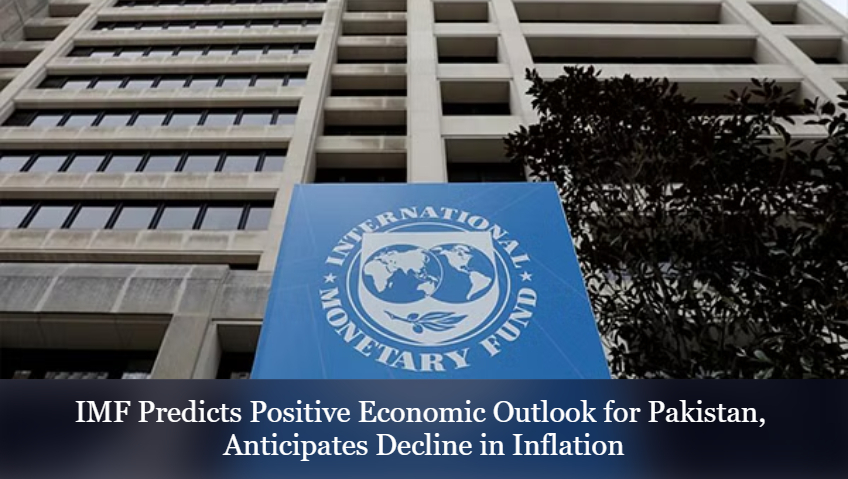The International Monetary Fund (IMF) has decided to keep Pakistan’s economic growth forecast at 2.5%. This figure remains consistent with the IMF’s previous report and is in line with official projections, although it falls short of the official target by 1%.
Contradiction with Previous Government’s GDP Claim
The IMF, like the World Bank, has not accepted Pakistan’s claim of 0.3% GDP growth for the previous year. Instead, the new report suggests an economic contraction of 0.5% for the last fiscal year, which coincided with the government of the Pakistan Democratic Movement (PDM). There were allegations that the previous government had pressured the Pakistan Bureau of Statistics to present a positive growth figure.
Varying Growth Forecasts
Among international financial institutions, the IMF’s 2.5% growth projection is the highest. In contrast, the World Bank has forecasted 1.7% growth, the Asian Development Bank predicts 1.9%, and the State Bank of Pakistan (SBP) anticipates growth around 2%. Given Pakistan’s annual population growth rate of 2.6%, maintaining economic growth below this rate could lead to increased unemployment and poverty in the country.
Long-Term Growth Projection
The IMF’s report projects that Pakistan’s economic growth may reach 5% by the year 2028, with this forecast subject to change due to rapid economic developments within the country.
Reduction in Inflation Projection
The IMF has revised its inflation projection for Pakistan downward, now forecasting an average annual inflation rate of 23.6% for the current fiscal year. This is a notable decrease from the previous projection made in July, which was 2.3% higher. In June of the next year, the IMF predicts an annual inflation rate of 17.6%, though it still remains significantly higher than the official targets set by the central bank and the federal government.
Factors Contributing to Inflation
Inflation in Pakistan has been driven by increases in the prices of energy, petroleum products, and currency devaluation. The recent stabilization of the Pakistani rupee, partly due to military-led efforts against currency smuggling, has brought some relief.
Current Account Deficit and Remittances
The IMF suggests that Pakistan’s current account deficit may remain around 1.8% of GDP for the current fiscal year, slightly exceeding the official target. Additionally, remittances to Pakistan have seen a decrease, with a decline of 11.5% in September compared to the same month the previous year.
Unemployment Rate and Global Economic Outlook
The IMF projects a decrease in the unemployment rate in Pakistan from 8.5% in the previous year to 8% in the current fiscal year. Globally, the IMF anticipates a slowdown in economic growth from 3.5% in 2022 to 3% in the current year. It further expects growth to slow to 2.9% next year, slightly down from previous projections in July.





 Which City is known as the City of Bambo...
Which City is known as the City of Bambo...
 Who was the First Prime Minister of Indi...
Who was the First Prime Minister of Indi...







